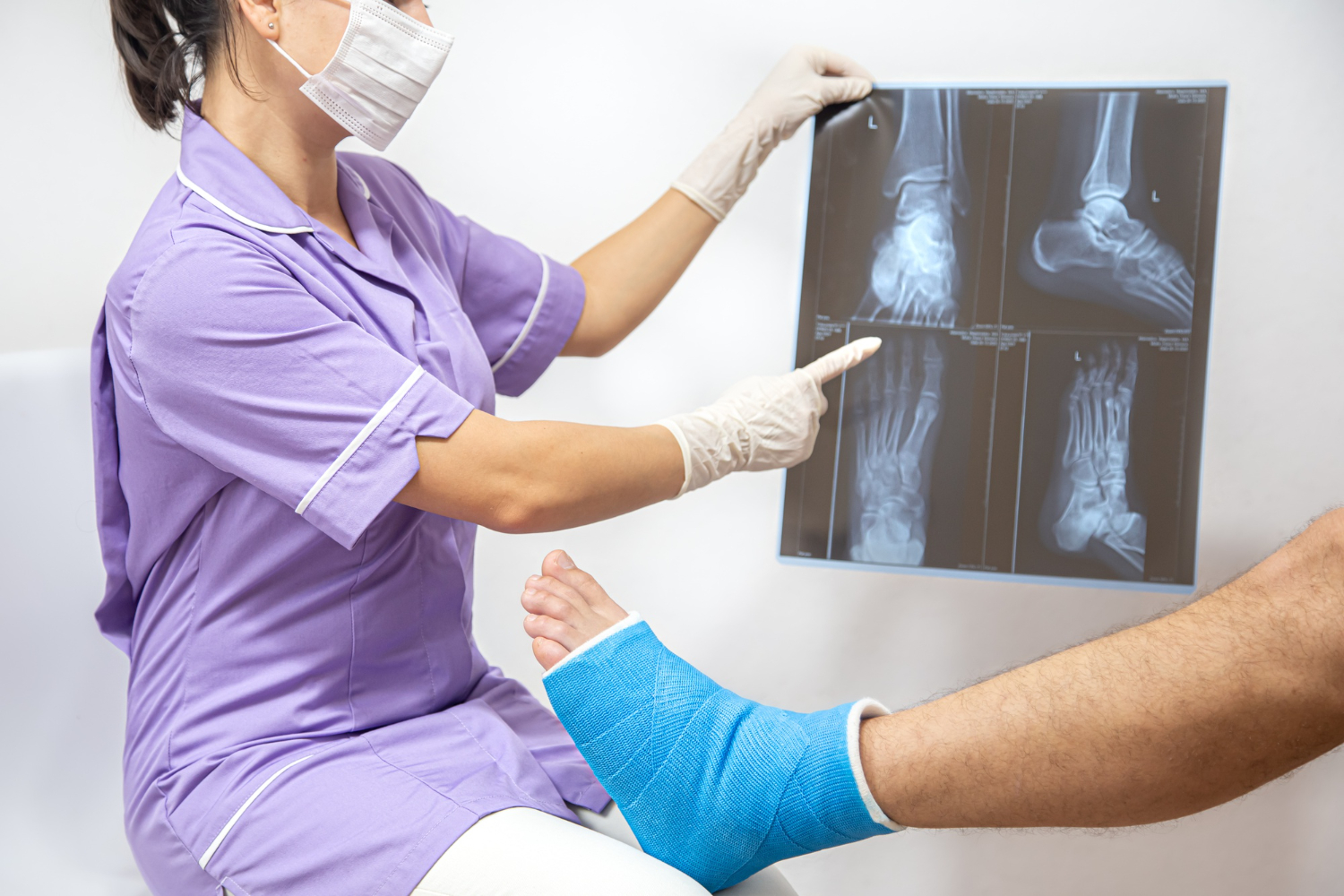Why is bone fracture repair done?
Bone fracture repair is used when a broken bone doesn’t or wouldn’t heal properly with casting or splinting alone.
Improper healing that requires ORIF surgery can occur in cases when the bone is sticking through the skin (compound fractures) and fractures that involve joints, such as wrists and ankles.
If bones that are surrounding the joints can’t be repaired, a person’s functional mobility could be severely impacted.
How to prepare for bone fracture repair
Tell your doctor about your medical history, including any chronic conditions or prior surgeries. Also tell your doctor about any medications you are taking or are allergic to, including over-the-counter medicines and supplements.
Your doctor will also ask for imaging tests to view exactly where the bone has broken. Examples could include X-rays, CT scans, and MRI scans.
The day before your procedure, your doctor will likely recommend that you don’t eat anything after midnight. You should have someone drive you to the hospital or surgery center and take you home after your procedure.
The risks of bone fracture repair
Complications from this surgery are very rare. These complications may include :
You can minimize your risk for complications by disclosing all medical conditions and medications you’re taking as well as following your doctor’s post-procedure orders carefully. This can include instructions on keeping your dressing clean and dry.
How bone fracture repair is performed
Bone fracture repair surgery can take several hours. You may be given general anesthesia to put you to sleep during your surgery or local anesthesia to numb only the broken limb.
The surgeon may make an incision over the fracture site if a plate and screws are to be utilized. He may make an incision at the end of a long bone and place a rod down the inner aspect of the bone to stabilize and repair a fracture.
The fractured bone is then set into place. Your surgeon may use metal screws, pins, rods, or plates to secure the bone in place. These can be either temporary or permanent.
Your doctor might recommend a bone graft if your bone shattered into fragments during your original injury. This procedure uses bone from a different part of your body or from a donor to replace the portions of bone that were lost.
Blood vessels that were damaged during your injury will be repaired during surgery.
When the broken bone has been set properly, your surgeon closes the incision wound with stitches or staples and wraps it in a clean dressing. Your injured limb will most likely be put in a cast after the procedure is complete.
After bone fracture repair
Your doctor will tell you the expected recovery time for healing your fracture. this process will typically take six to eight weeks. However, this time frame can vary based on the fracture type and location.
Immediately after the procedure, you will be taken to a recovery room. Here, hospital staff will monitor your blood pressure, breathing, heart rate, and temperature.
Depending on the extent of your injury and surgery, you may need to stay in the hospital overnight or longer, depending on your progress after surgery.
There will be some pain and swelling after the surgery. Icing, elevating, and resting the broken limb can help to reduce inflammation. Your doctor will also prescribe painkillers to ease your discomfort.
However, if your pain starts to worsen after a few days instead of getting better, call your doctor.
Your doctor will give you instructions about how to care for your stitches or staples. As a general rule, you will want to keep the surgical site clean and dry. Doctors will often place a surgical bandage over the site that they will remove at a follow-up visit.
You can expect some numbness at the incision site, but call your doctor if you begin to experience :
swelling
redness
foul-smelling drainage
In some cases, you may be able to feel a plate or screw if there is very little muscle or soft tissue covering them — for instance, along the outside of your ankle or the top of your hand.
If the plate and screws are causing discomfort or irritation to the skin (such as a shoe rubbing against the plate), your healthcare provider may recommend removing the plate and screws once the fracture is healed and mature.
Your doctor will also likely recommend physical therapy to help you strengthen and stretch the muscles around the injured bone. This will aid in healing as well as ideally help to prevent further injury.



